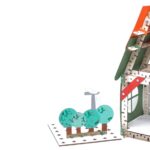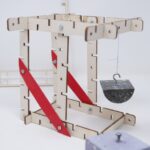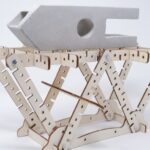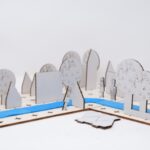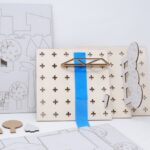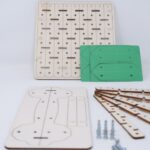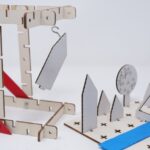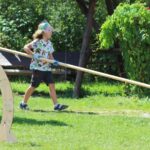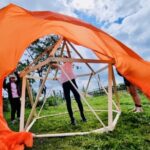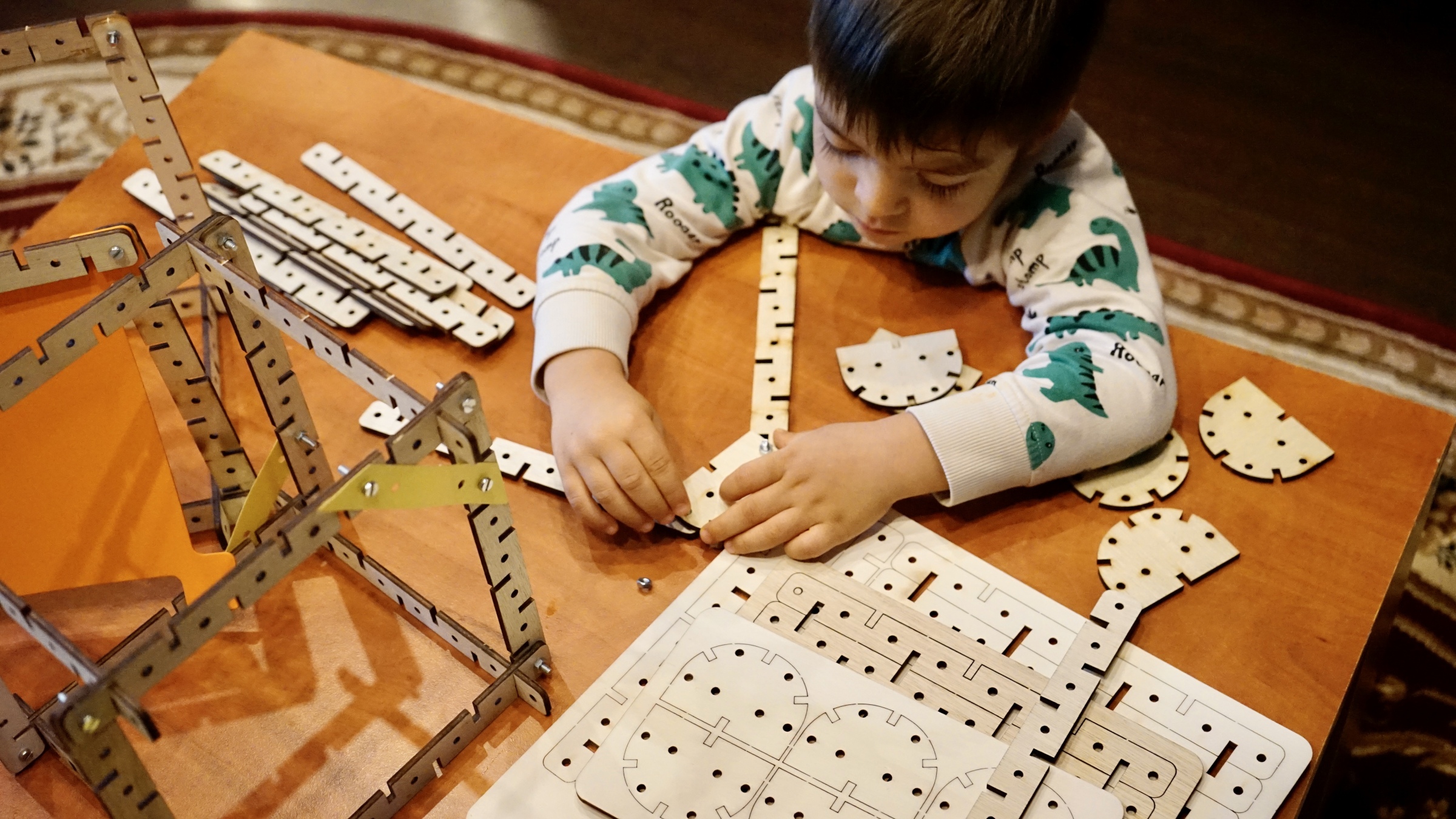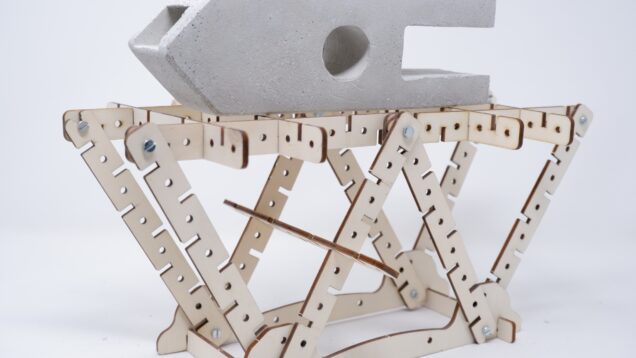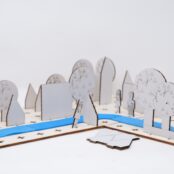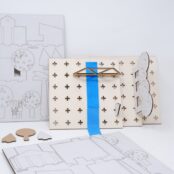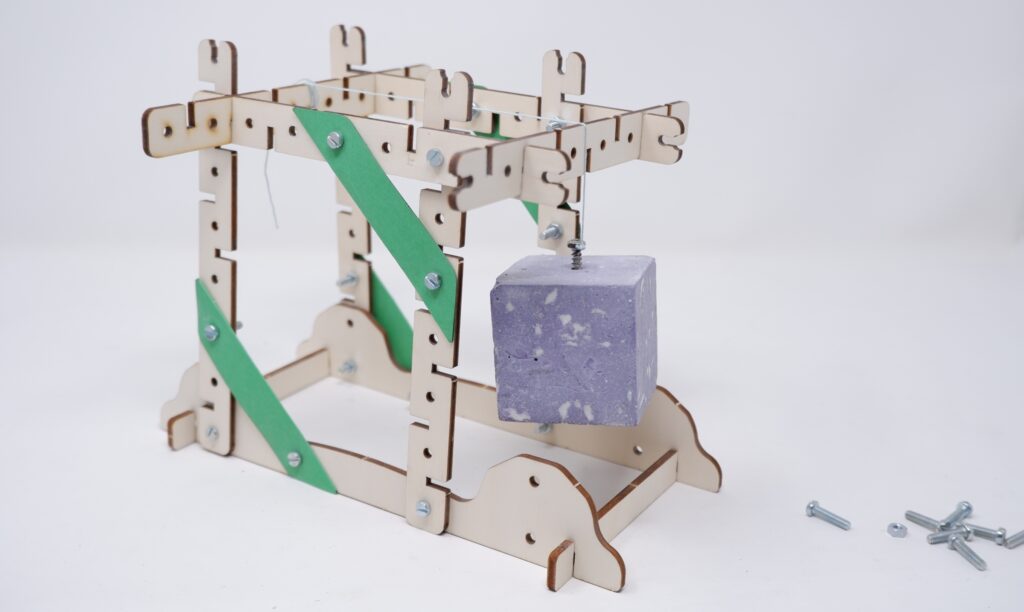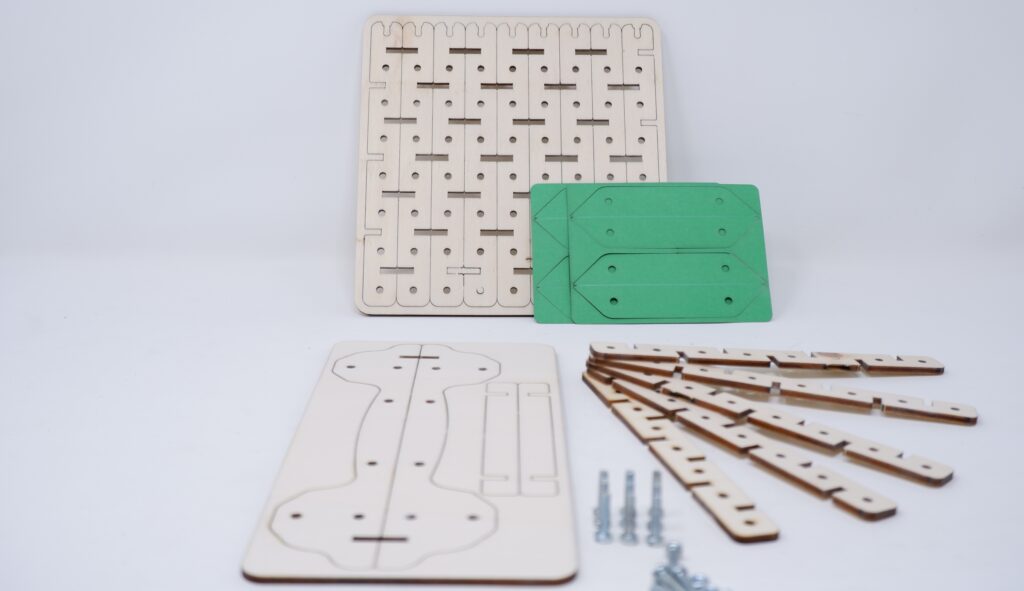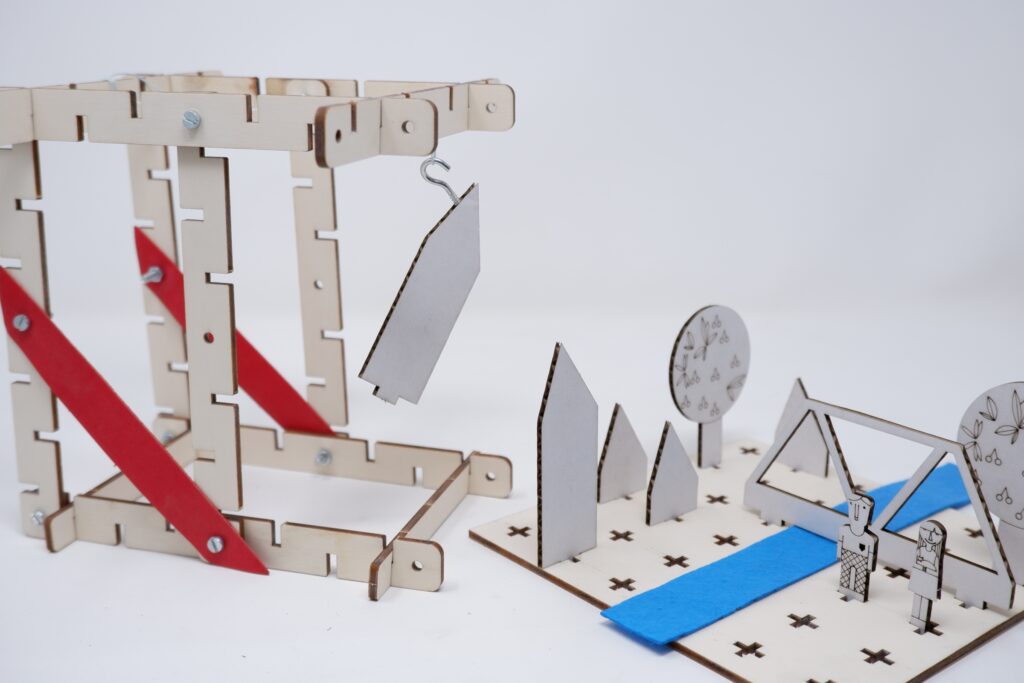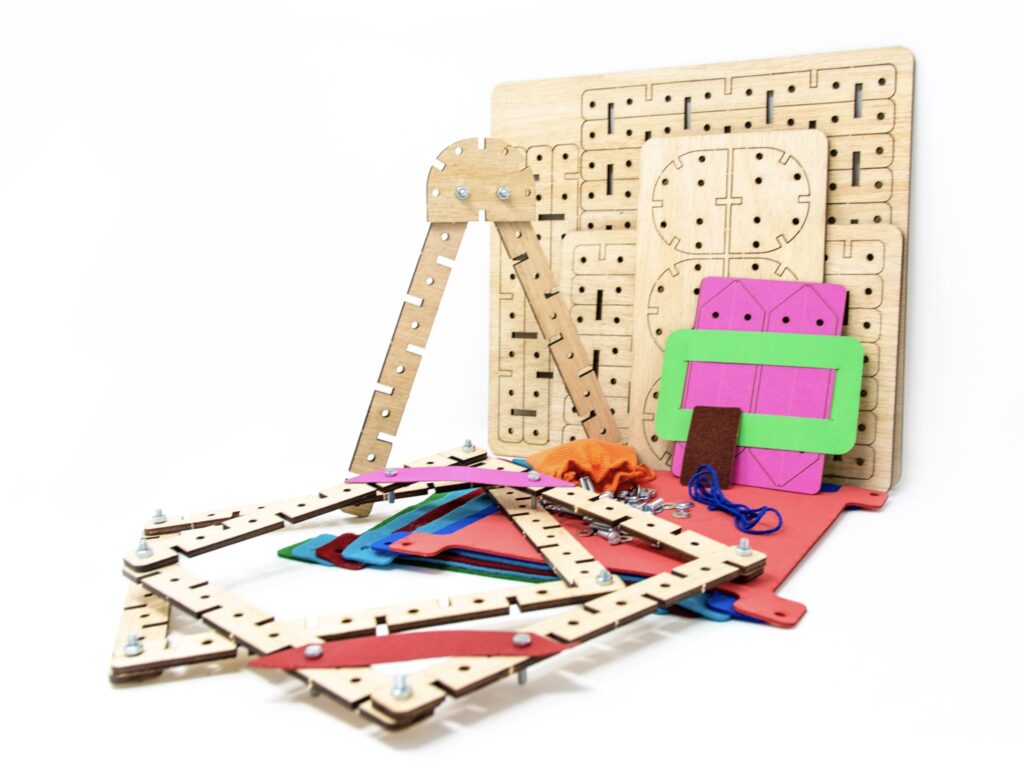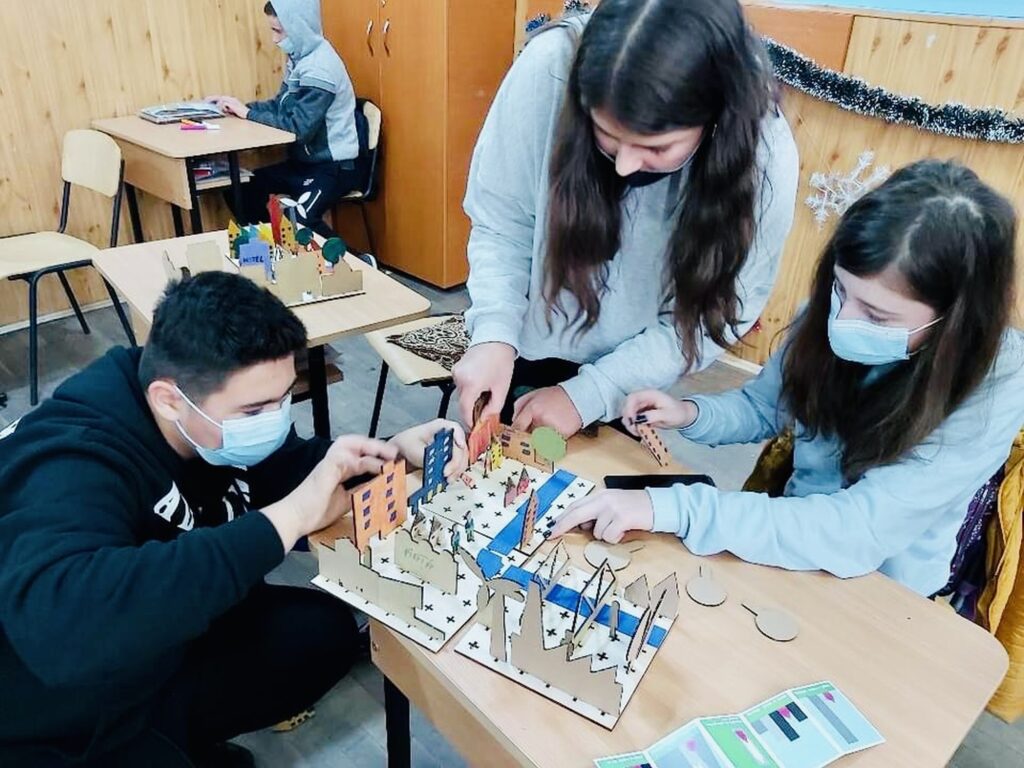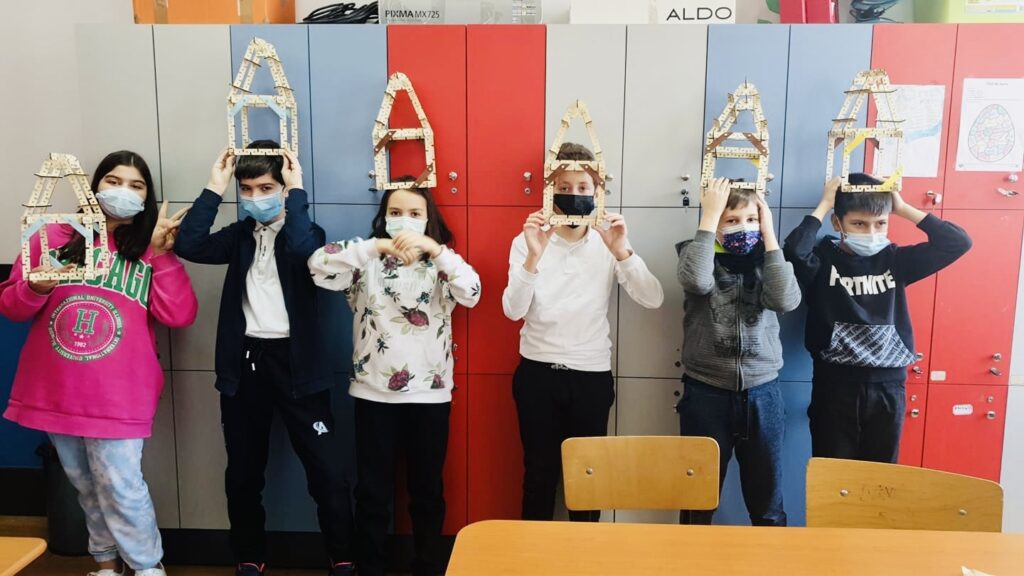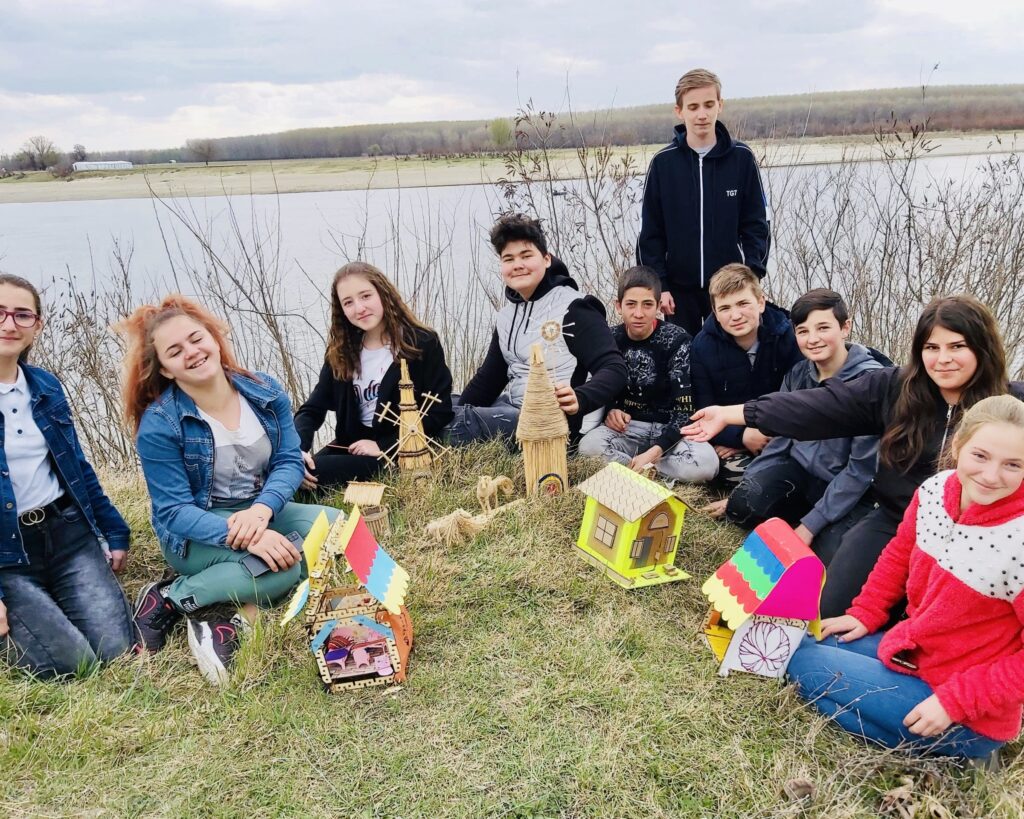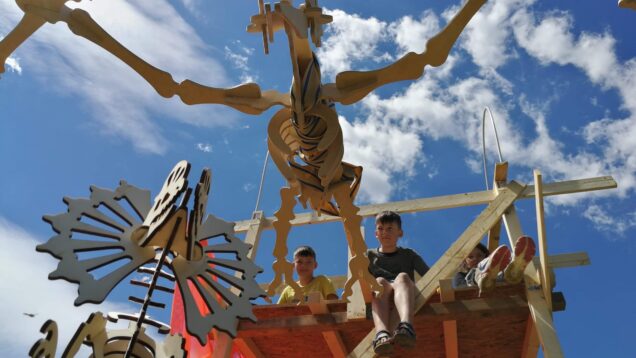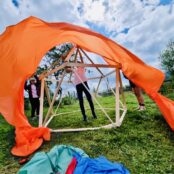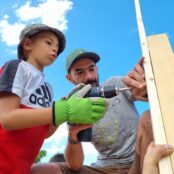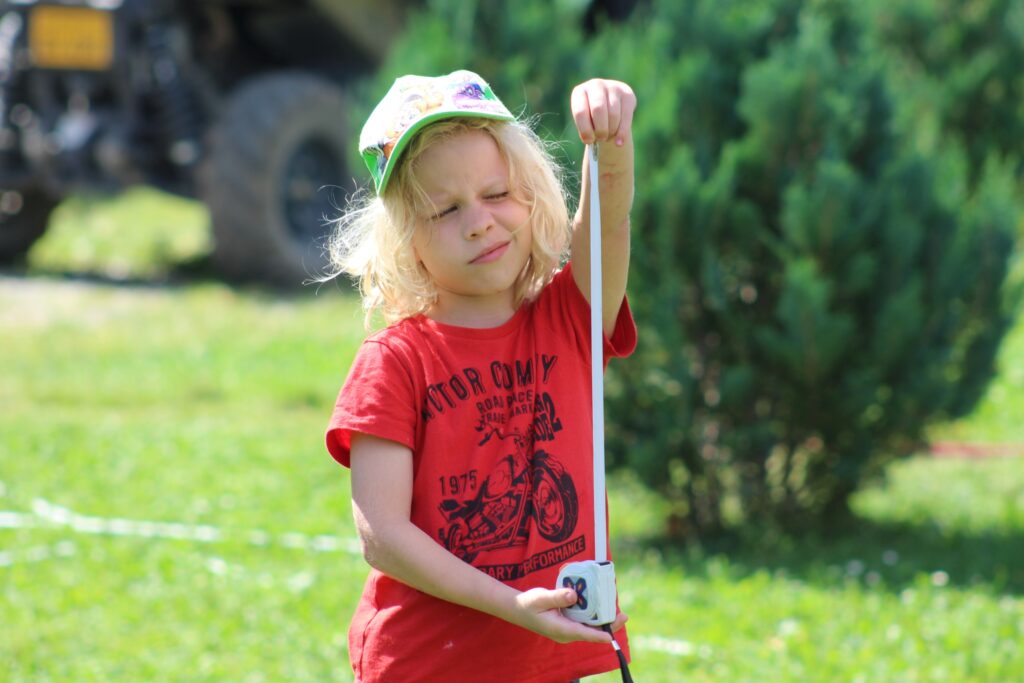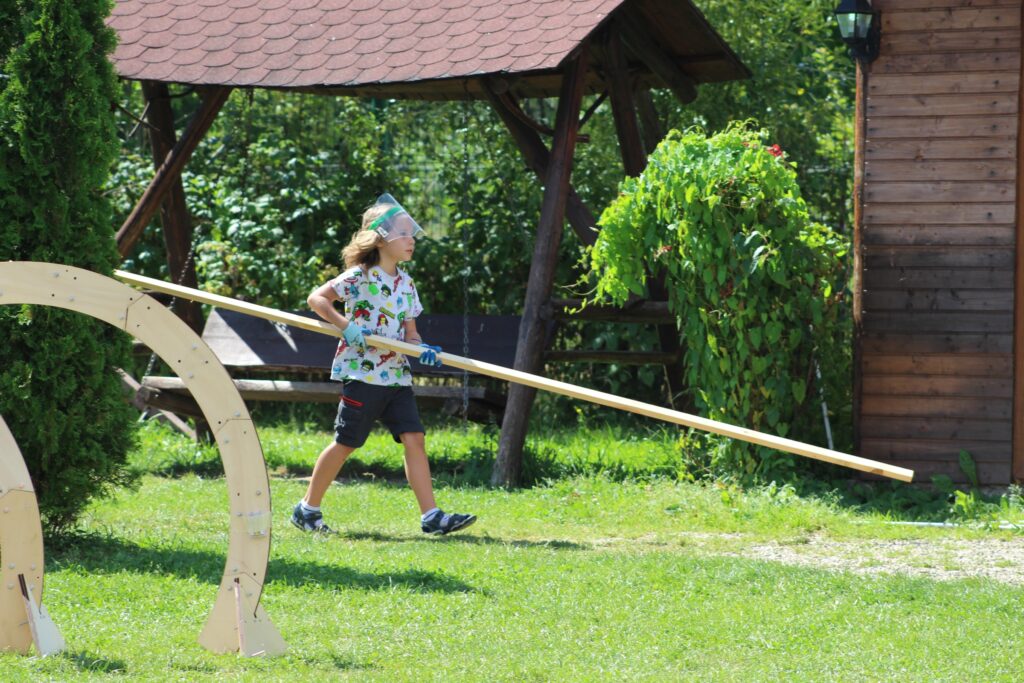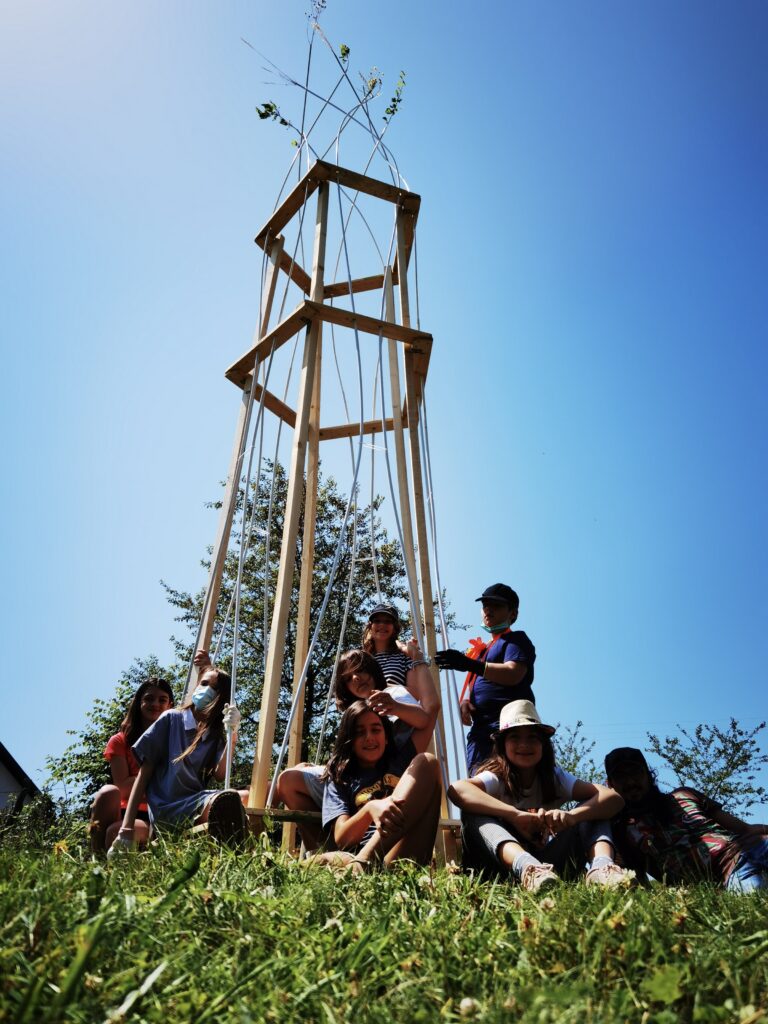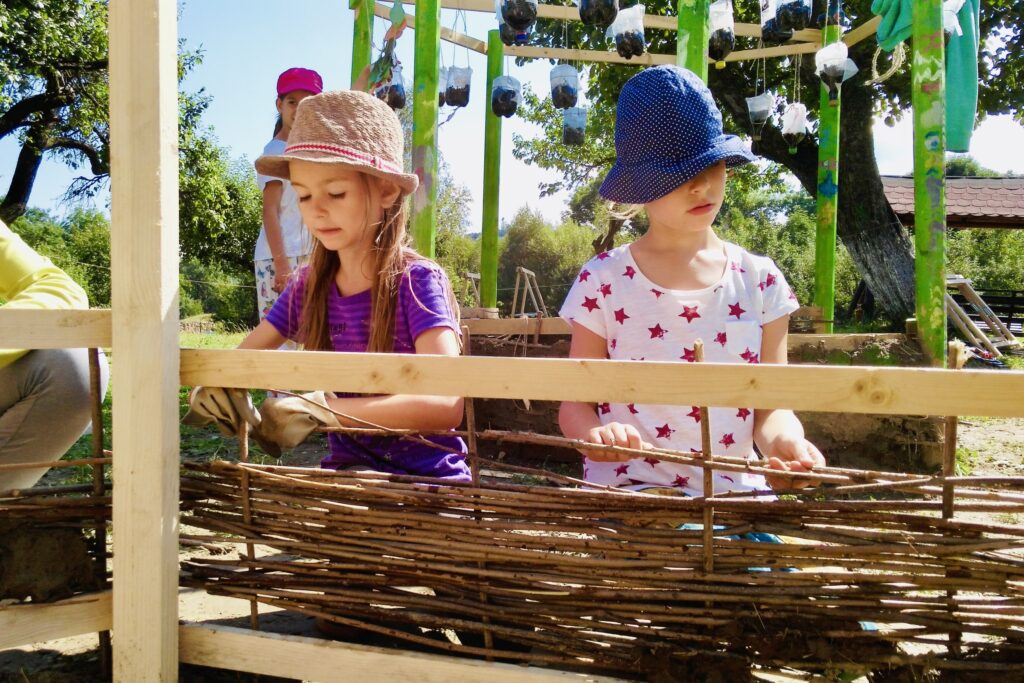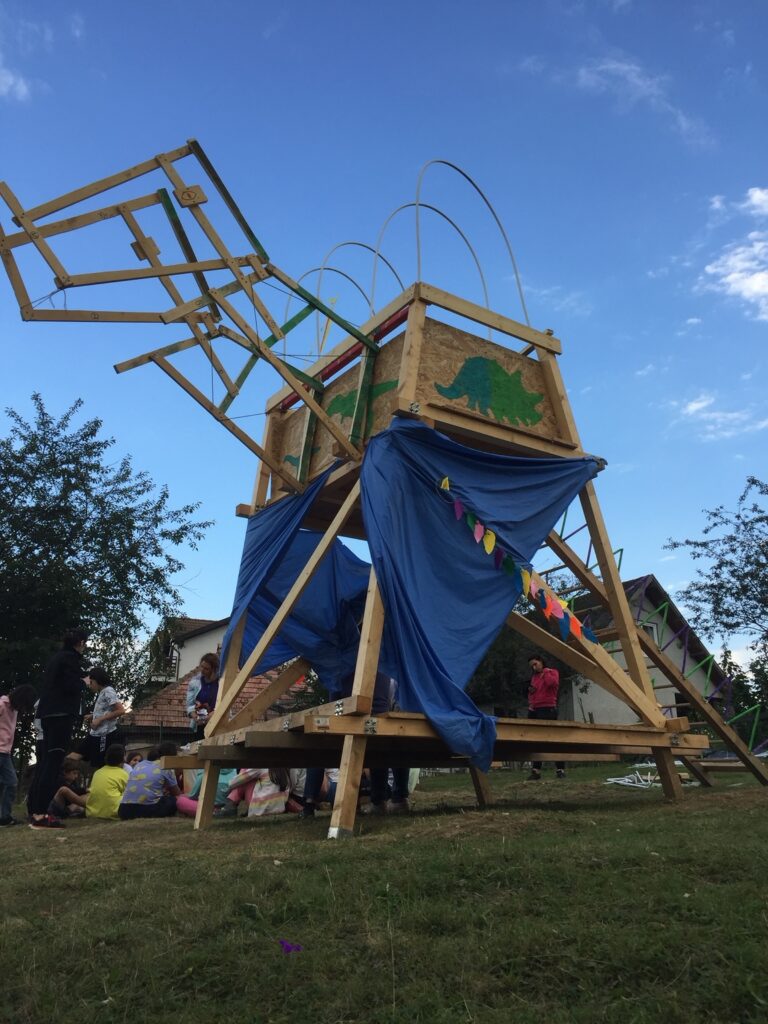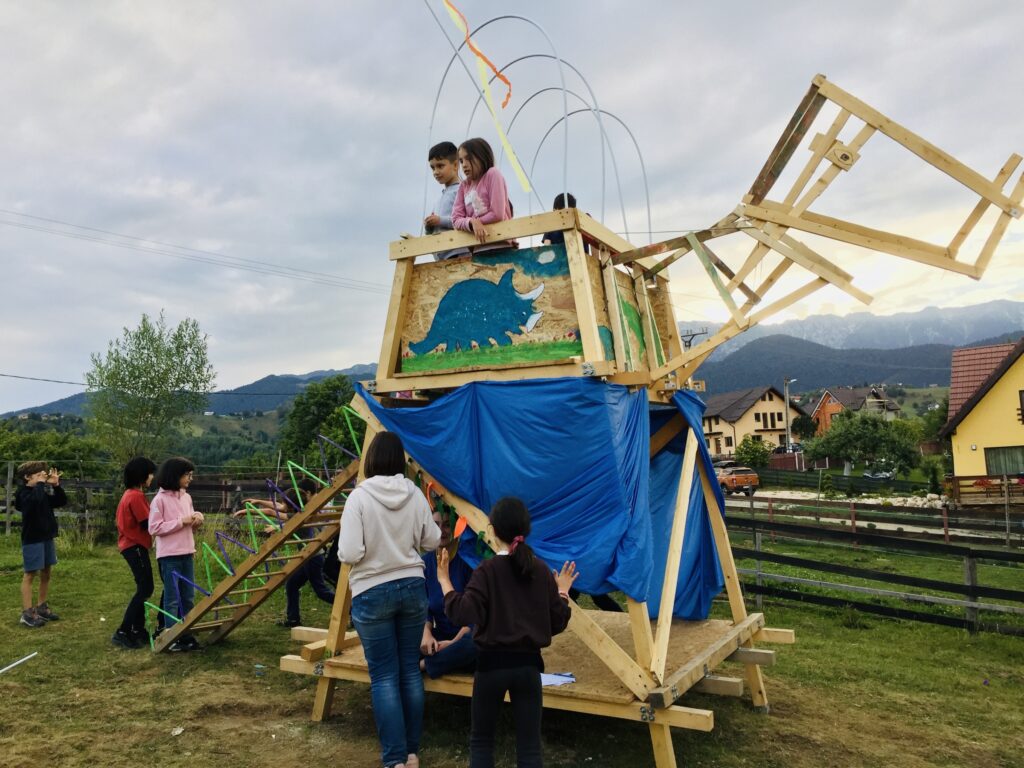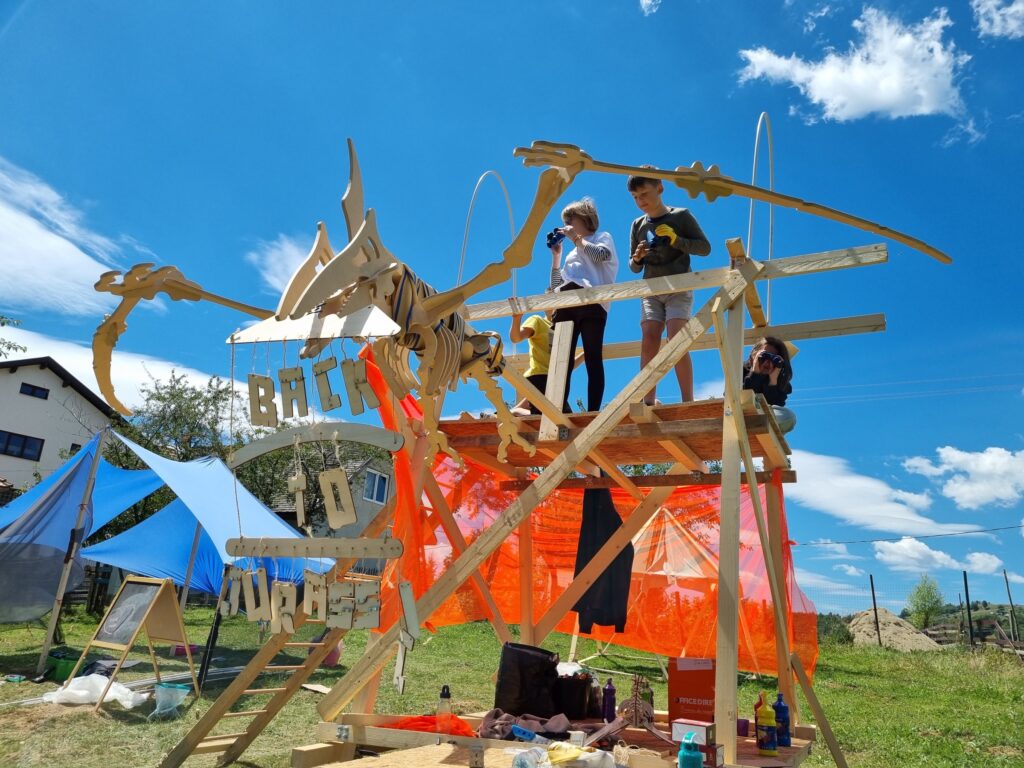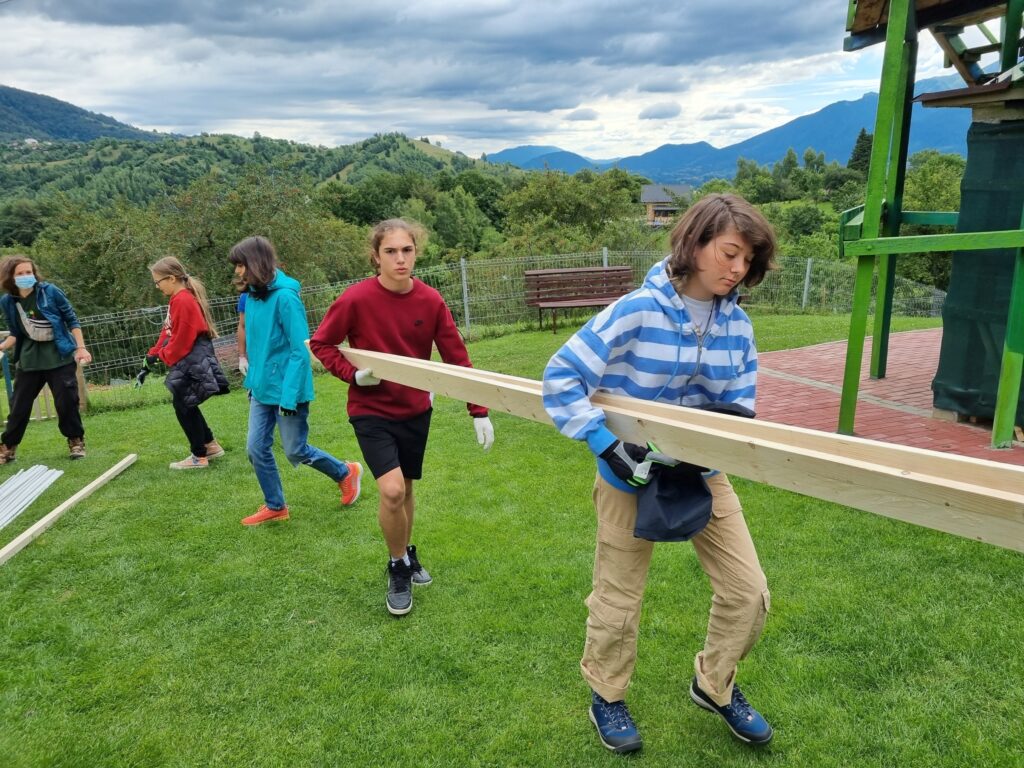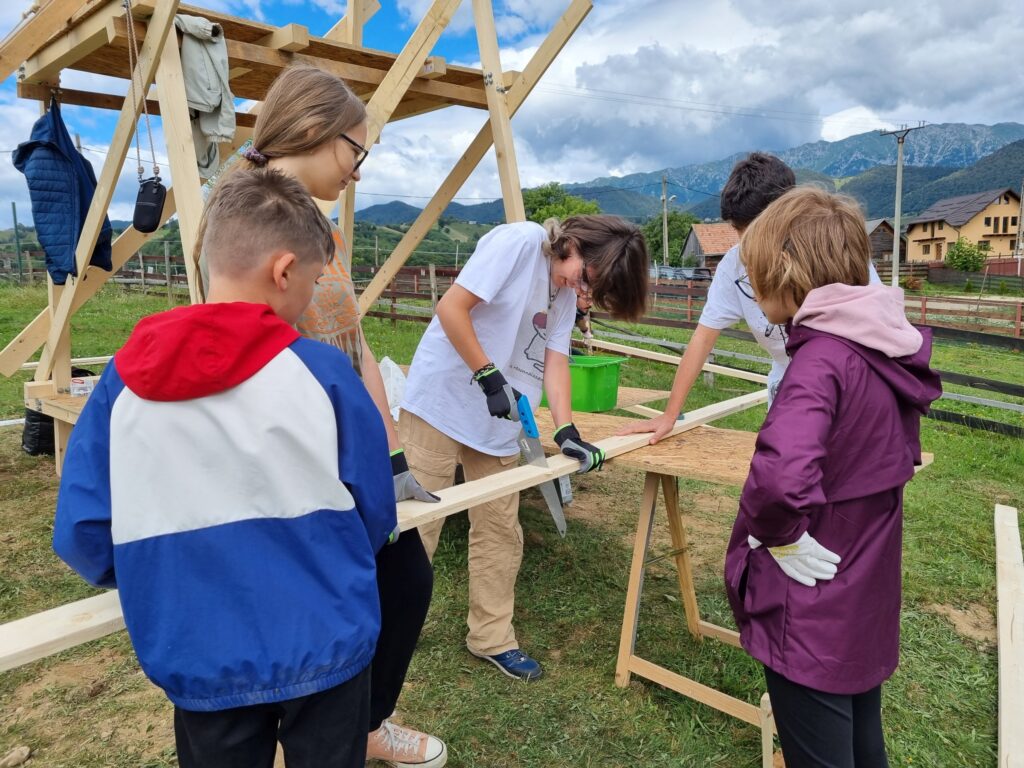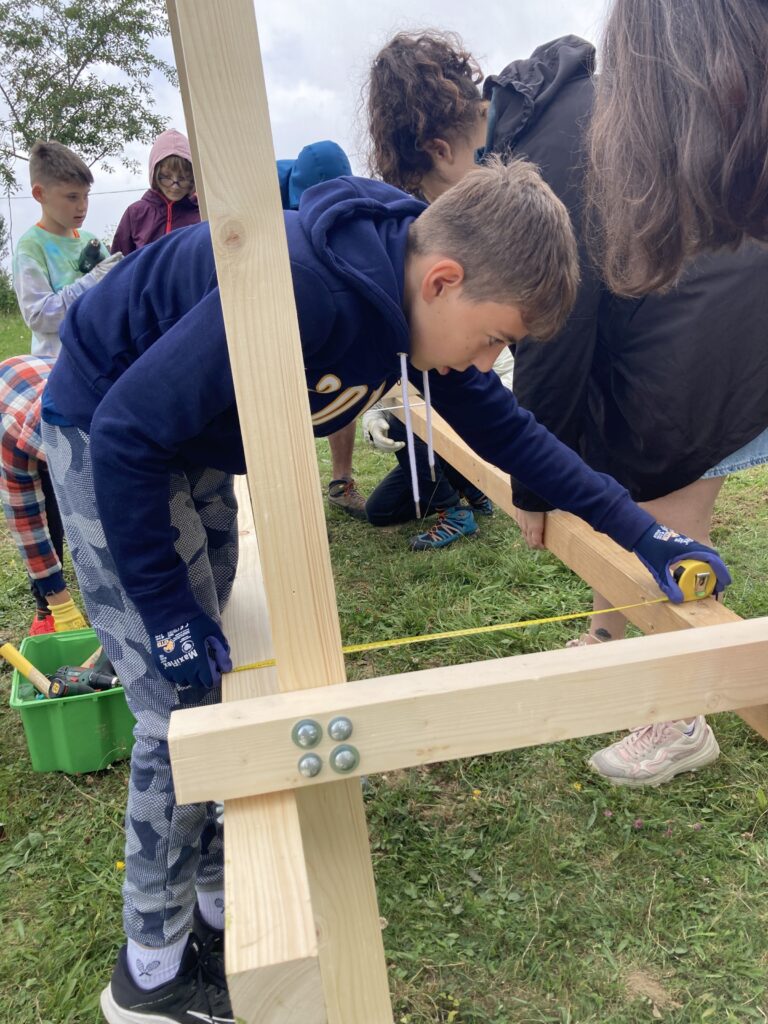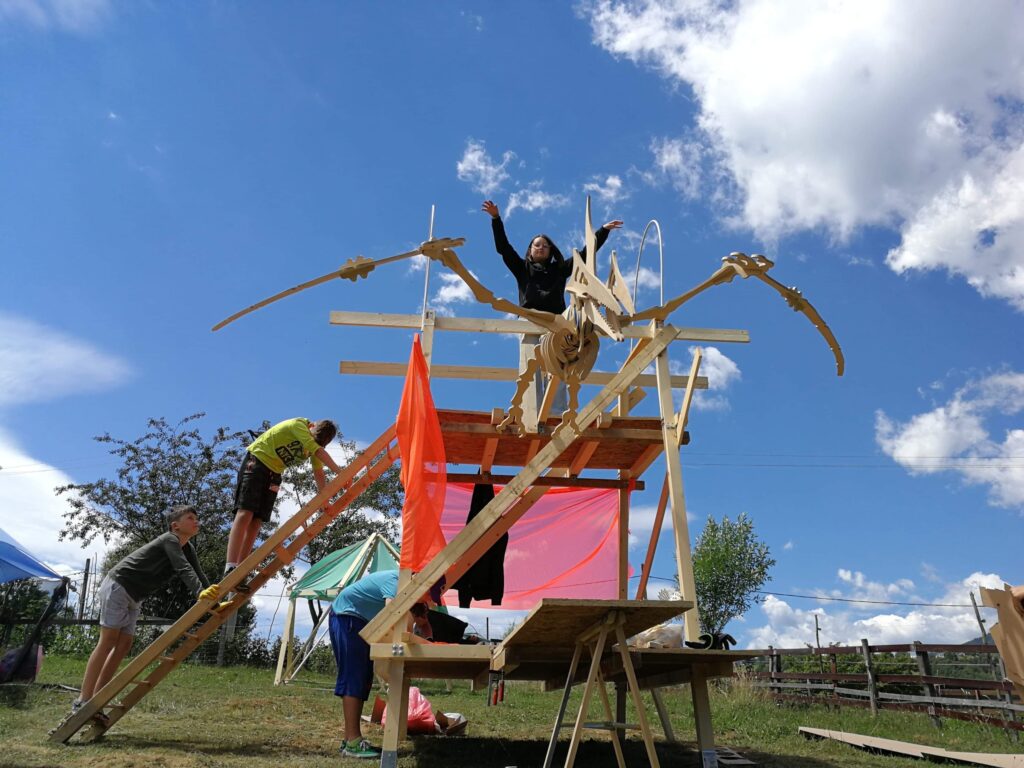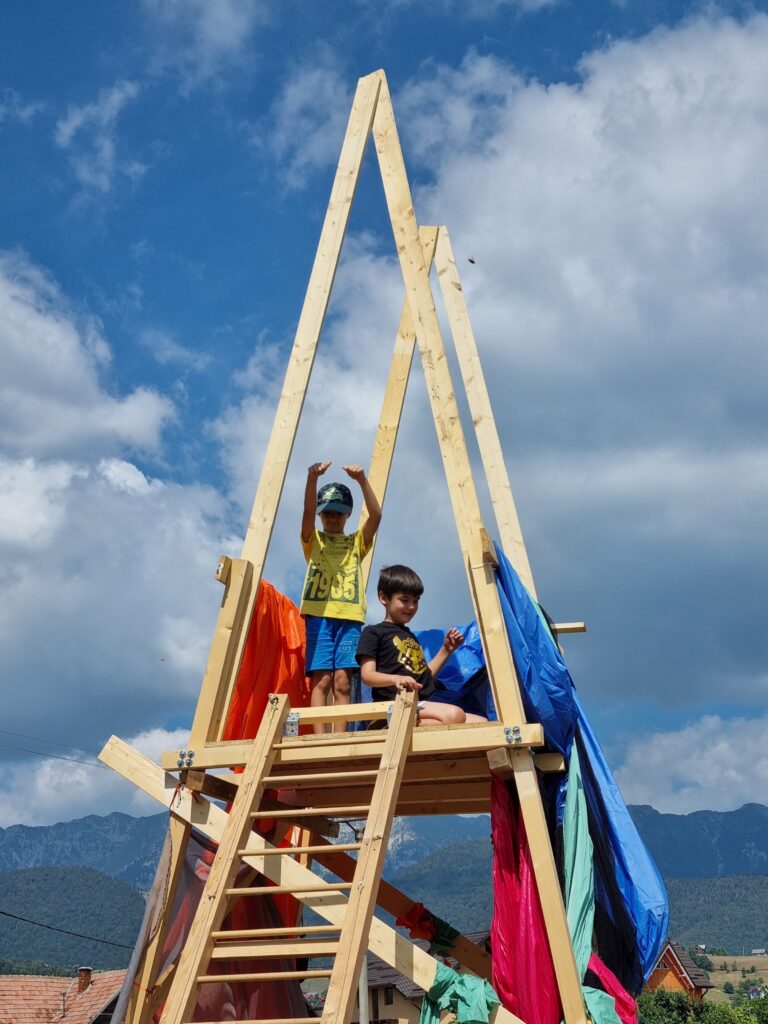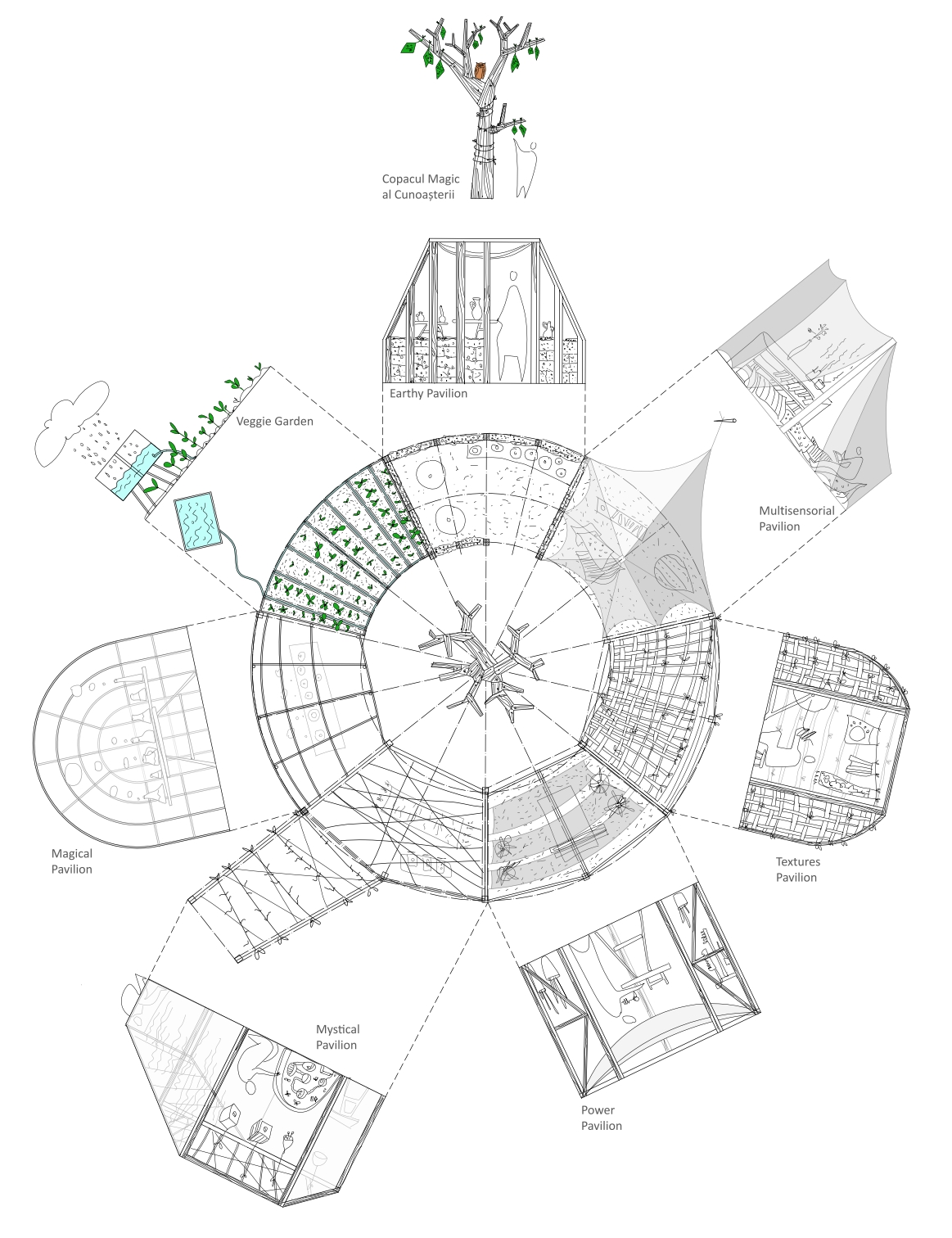eematico was awarded first prize at the Civil Society Gala (Romania, 2022) in the Learning, Education and Research category for the project „Architecture Kit.”
Intro: eematico
Text: Cătălina Frâncu
Foto: eematico Archiveb
INTRO
Ion Neculai is an architect and education entrepreneur, co-founder of eematico. Together with his team, he is leading the way to innovation in educational programs, aiming to help children develop life skills for the 21st century. eematico does this through experiential, play-based learning, which is a fundamental learning process. Children’s confidence in their own strengths is deepened through building and designing ideas. Their main aim is to help children understand, rather than simply collect information.
The Architecture Kit is a project supported by the Romanian Order of Architects, through the Architecture Stamp, offering children from disadvantaged backgrounds a new learning experience — a 7-lesson educational package, based on kits of educational toys to assemble, computer activities and educational videos, to help them understand some of the challenges an architect has to deal with in their professional life. So far, 216 children from 11 primary and secondary schools in 8 counties have benefited from the project, with local teachers directly involved in supporting the activities. The eematico team trains the teachers and thus ensures that the impact goes beyond the classes and generations initially involved, as the kits are reusable.
 *The game is kind of like a wooden meccano. It keeps the versatility of the system, while the wood provides a more sensory interesting experience for kids as well as a more sustainable one. Assembly is done by joining and metal screws. Tiered structure are also possible. For enclosures (roof or walls with various types of perforations) we supply elements made of coloured cardboard, fabric or felt. Also made of coloured cardboard are the counter-panes which are made of foldable pieces for more strength.
*The game is kind of like a wooden meccano. It keeps the versatility of the system, while the wood provides a more sensory interesting experience for kids as well as a more sustainable one. Assembly is done by joining and metal screws. Tiered structure are also possible. For enclosures (roof or walls with various types of perforations) we supply elements made of coloured cardboard, fabric or felt. Also made of coloured cardboard are the counter-panes which are made of foldable pieces for more strength.
TEXT
Our relationship with school, from the earliest grades to the present day, is shaped by teachers, curriculum, peers, school premises and their locations, material conditions, etc. The chances of each of us, therefore, depend on a number of factors out of our control which come to strongly influence our identity. Of course, access to successful role models can open up avenues we didn’t previously think possible, but they work especially if their story resonates with something in our own. Otherwise, it remains distant and unreachable.
For Ion Neculai, co-founder of eematico, childhood is the moment when we can intervene to approach architecture as a system of thought.
Ion says that school often teaches us that there is only one answer to every problem, that authority is always right, that innovation is for later and that there is a clear dichotomy between learning and playing.
As a teaching assistant at UAUIM, he has had the opportunity to observe closely how young students relate to their creative side and their relationship with authority. ”It’s hard,” says Ion, ”to undo everything that’s been consolidated for so many years and redo it. It’s as hard as underpinning a house — it takes a lot of care, a lot of effort and a lot of knowledge, and it might never come out the same as if the foundation had been poured right from the start. We’re trying to help pour a solid foundation for children to keep working towards the things they want.”
”In our organisation there are two cases: either we had access to a different kind of education or we wanted it. I, for example, got a toy from the German Democratic Republic called ”Optik-cabinet” when I was 10. You could make binoculars, a microscope, a telescope and a projector with the parts in it, following the instructions. When I got to physics at school, I was acing optics. I already understood the mechanisms. What would it be like for all kids to understand like that?”
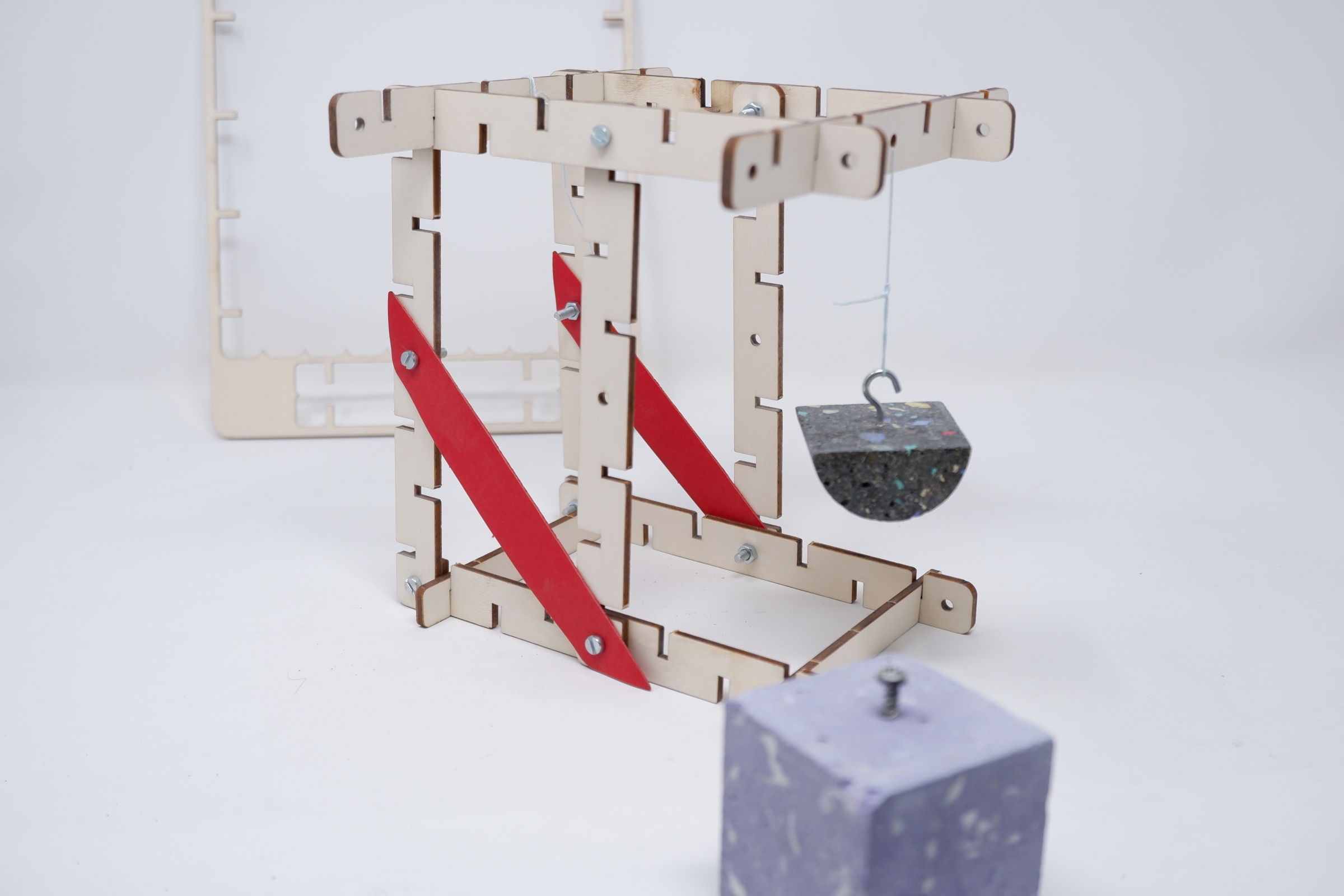 *The structures allow testing several types of stresses. We use several materials in our constructions to show that any material, in the right configuration, can overcome its limits: folded cardboard (cardboard paper), metal screws, small, but extra strong, fragile wood, that can support these heavy elements
*The structures allow testing several types of stresses. We use several materials in our constructions to show that any material, in the right configuration, can overcome its limits: folded cardboard (cardboard paper), metal screws, small, but extra strong, fragile wood, that can support these heavy elements
”It started with architecture because all kids go through a period where they like to build, regardless of gender. The idea started in 2017, at a high school in Săcele, with a vocational discovery program dedicated to disadvantaged people: we created a set of workshops through which teenagers acquired basic practical skills, learned some physics and teamwork in the meantime, and became apt to enter vocational centres. We got 3rd place at the Civil Society Gala in 2020.”
eematico then built a course on the seven areas to which architecture is related. Not having enough human resources to implement it directly on a large scale, they launched a call on social media looking for teachers willing to go through training so they could implement the course/kit in their community. The post reached over 39,000 people, they received several dozen responses and filtered them as best they knew how. ”The fact that teachers in Romania are disinterested is fake news. The important thing is to have the resources,” says Ion.
The teacher training had a major impact: many chose to take the kit to other communities where they teach, many repeated it with other classes. The way the children played with the materials they received gave them another idea: one of the classes chose to pool all the kits and create a big city, built according to the guidelines in the kit, and then enjoyed showing their classmates what they had made together. Formalised, the 8th activity of the kit now becomes the moment at the end of the initial 7 activities, where everyone exchanges stories and ideas, children talk to each other, to teachers and to parents and the message reaches a lot of people.
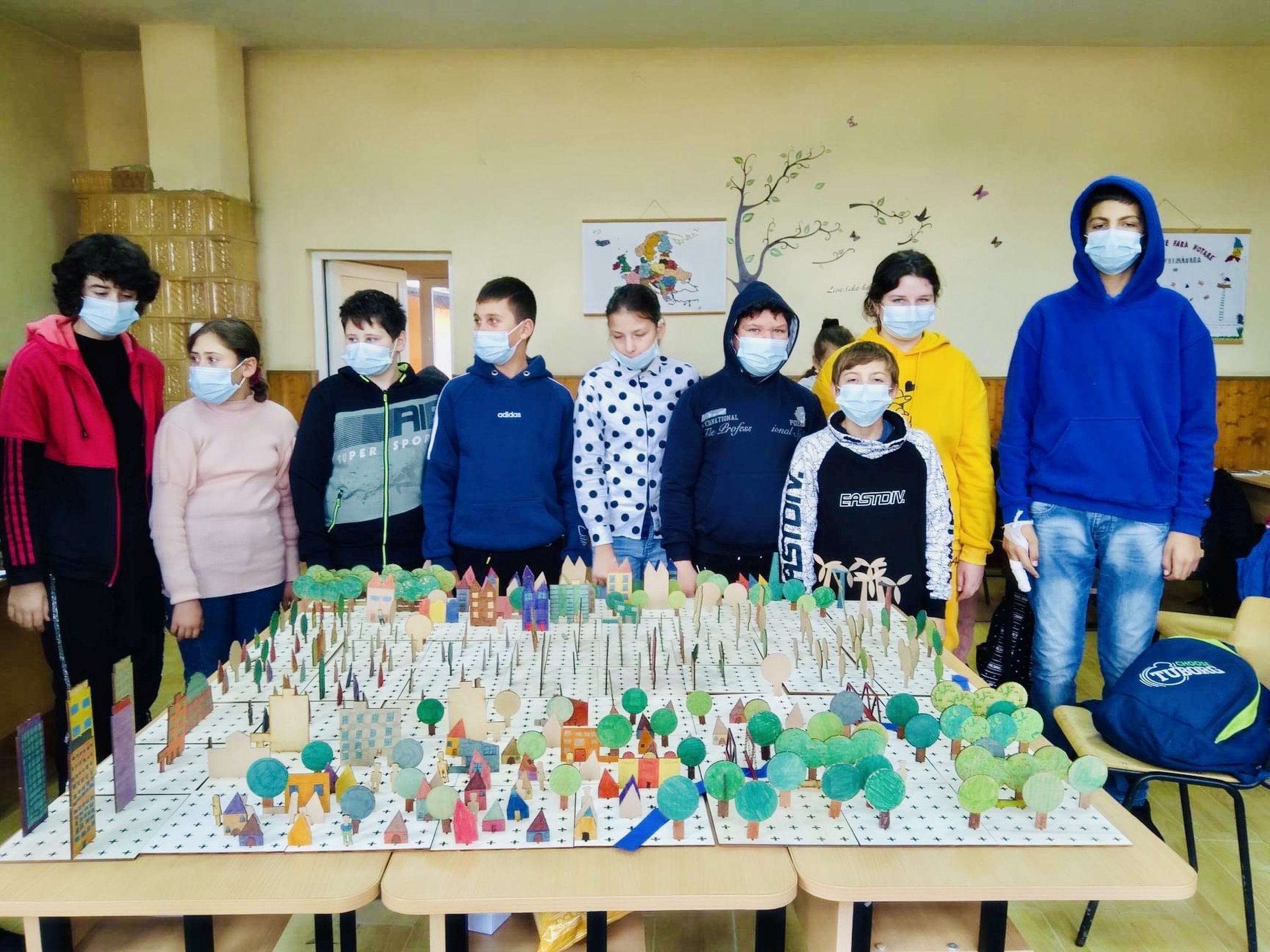 *The children gathered all the individual pieces from lesson 1 – the town planner – to assemble a common town for the whole class. This lesson is both a good opportunity to explore the concepts of building a city and to express their own creativity and ideas
*The children gathered all the individual pieces from lesson 1 – the town planner – to assemble a common town for the whole class. This lesson is both a good opportunity to explore the concepts of building a city and to express their own creativity and ideas
In summer, eematico organises architecture camps: children gather in a nice place and, in the form of play, train to equip underwater stations, time machines and other places that need complex facilities.
They learn about context, relationships between functions, needs and different approaches, while developing their analytical, construction, imaginative and argumentative skills.
*Arch. Adina Marin: concept sketch for the construction in the picture below
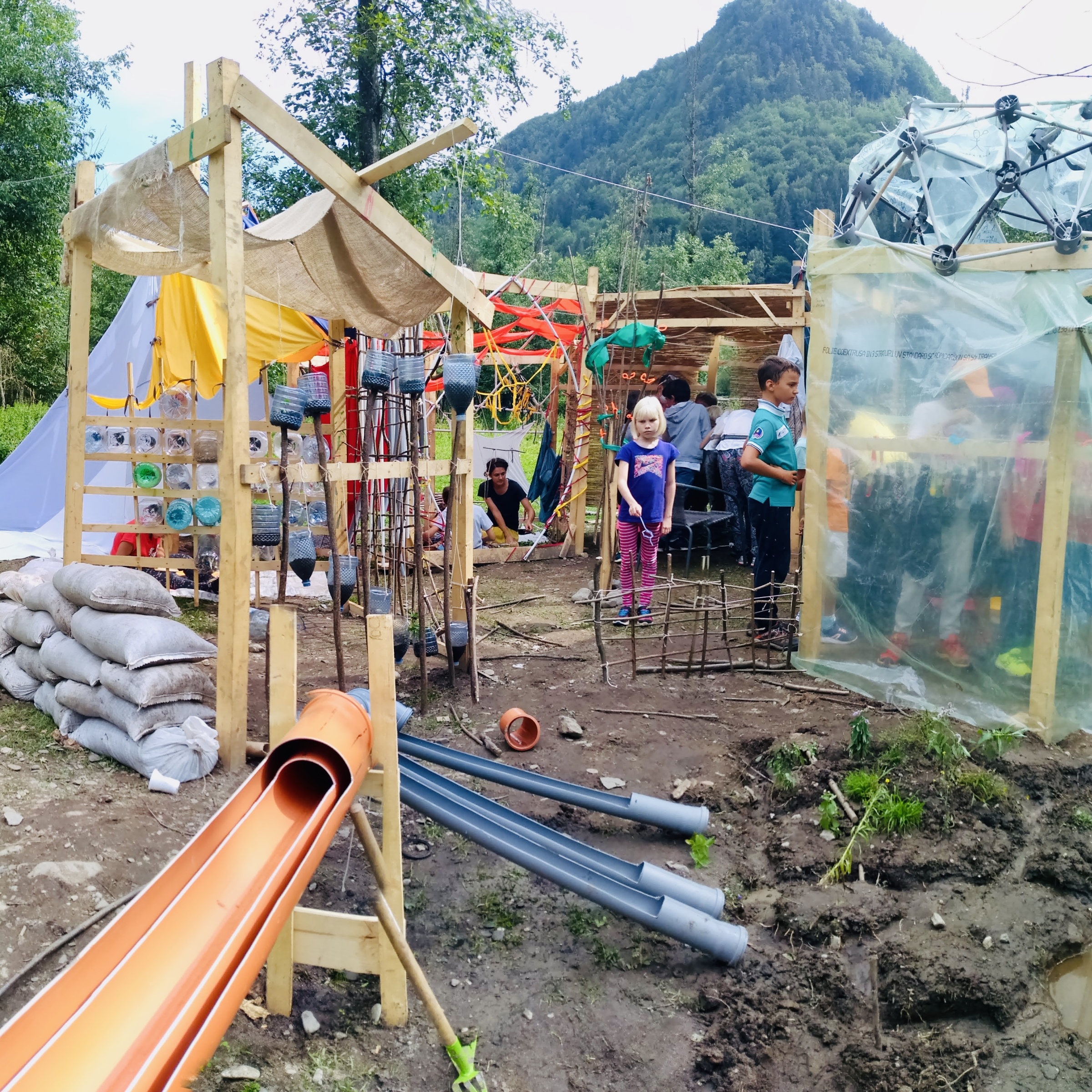 *Magical Garden, Science Camp 2018 . A series of 7 pavilions surrounding the magical garden of science. We used wood, various textile materials, PVC tubes, soil, recycled plastic strings, and twigs placed in different structures and combinations
*Magical Garden, Science Camp 2018 . A series of 7 pavilions surrounding the magical garden of science. We used wood, various textile materials, PVC tubes, soil, recycled plastic strings, and twigs placed in different structures and combinations
I ask Ion, who spent 6 months studying medicine, became an architect, was a university assistant and is now an education-oriented entrepreneur, where he sees architecture heading, given the fluidity with which he has used the knowledge of the profession. He laughs — the question is an open field.
”When I first became concerned with learning, the concepts of design thinking and open innovation that are somehow intrinsic to the architectural profession were starting to take off. I think training in architecture enormously helps to develop systematic thinking. If all goes well and we don’t disappear as a profession in the near future, there will be a great need for such approaches. Architecture, or rather the creative process behind the finished object, should be part of the school curriculum. Stimulating a certain type of thinking also has an effect in another area — entrepreneurship used to develop good ideas, especially the oriented towards bettering our society.”
eematico started more than 7 years ago and has gone through difficult trials during the pandemic, but continues to adapt to children’s needs and optimise its steps. The Civil Society Gala Award is a good start for recognising the impact so far and the potential to grow further for systemic educational change.
Related article:

